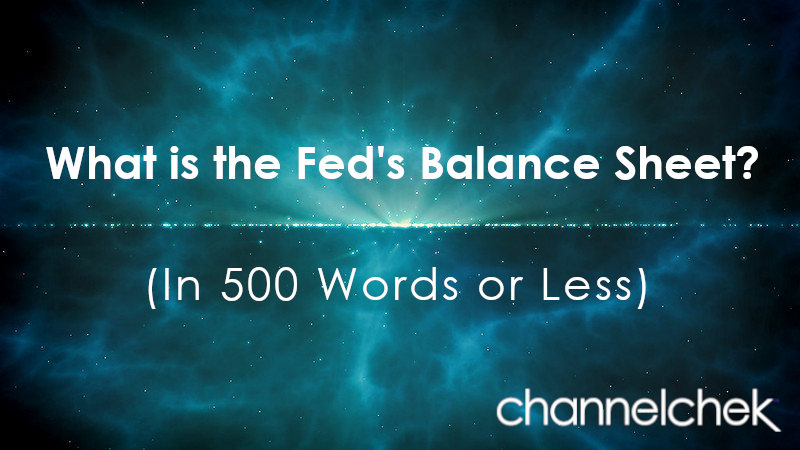Why a Growing or Shrinking Fed Balance Sheet Can Impact Your Investments
From an accounting standpoint, a balance sheet is a list of those things owed and those things owned. In a household, one may own what’s in their bank account, their car, and possibly a percentage of the dwelling’s value; those are counted as a person’s assets. What one may have in student loan debt, or mortgage or other debt balances, are liabilities. A list of the two that includes subtraction of one total from the other is the household’s “balance sheet.”
For the Federal Reserve, the list of liabilities includes, money in the economy held by individuals or companies, and cash at commercial banks (that then hold reserves at the Fed). Treasuries and other securities, on the other hand, are counted as the Fed’s assets.
Federal Reserve Assets
Securities (primarily bonds) held outright account for most of the Fed’s total balance sheet. Nearly two-thirds of these assets are Treasury securities, (Bills, Notes, Bonds). Mortgage-related securities account for almost 25% of the assets on the Feds balance sheet. Through special “lending facilities” during the first year of the coronavirus, the Fed also purchased corporate bonds, municipal bonds, and ETFs that invest in debt.
Federal Reserve Liabilities
The liability side of the balance sheet, used primarily to conduct monetary policy, can be resized as needed. That is to say, the central bank can decide to expand its balance sheet by electronically “printing” money and simultaneously purchasing securities from primary Treasury broker/dealers. This new money used to buy bonds injects money into the economy as the sellers then have money in their hands that didn’t exist before the purchase. This pushes rates downward as there is more of a supply of money to be lent and more demand for bonds. More available money usually pushes asset prices higher.
Similarly, the Fed can shrink its balance sheet by selling its bonds.
Investment Impact
When the Fed either buys bonds (adds money) or sells bonds, including letting them mature (pulls out money) asset prices can be impacted because the availability of funds is reduced and becomes more expensive. The impact may be felt in everything from real estate prices, stocks, bonds, and goods and services.
Explore More:
